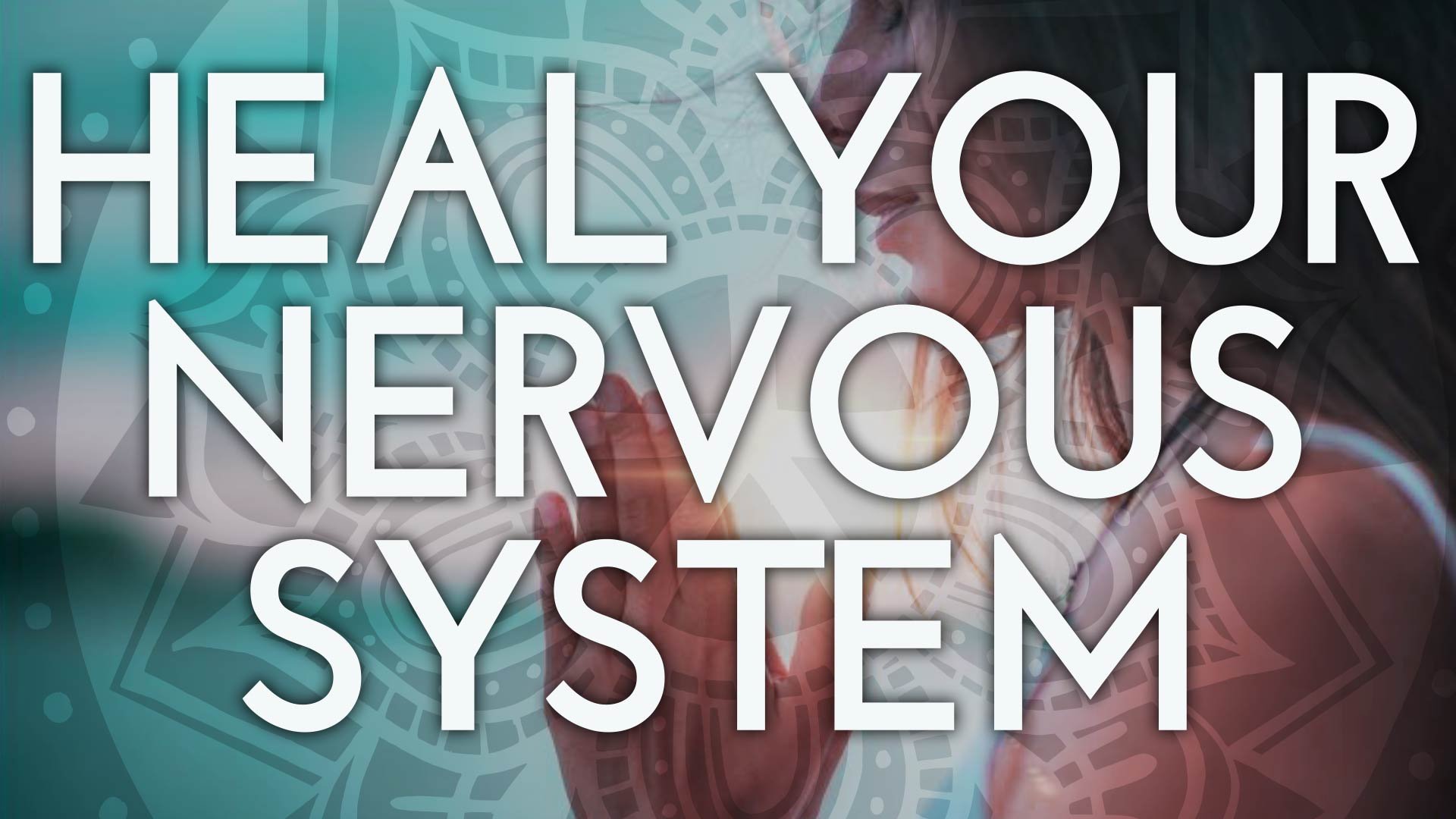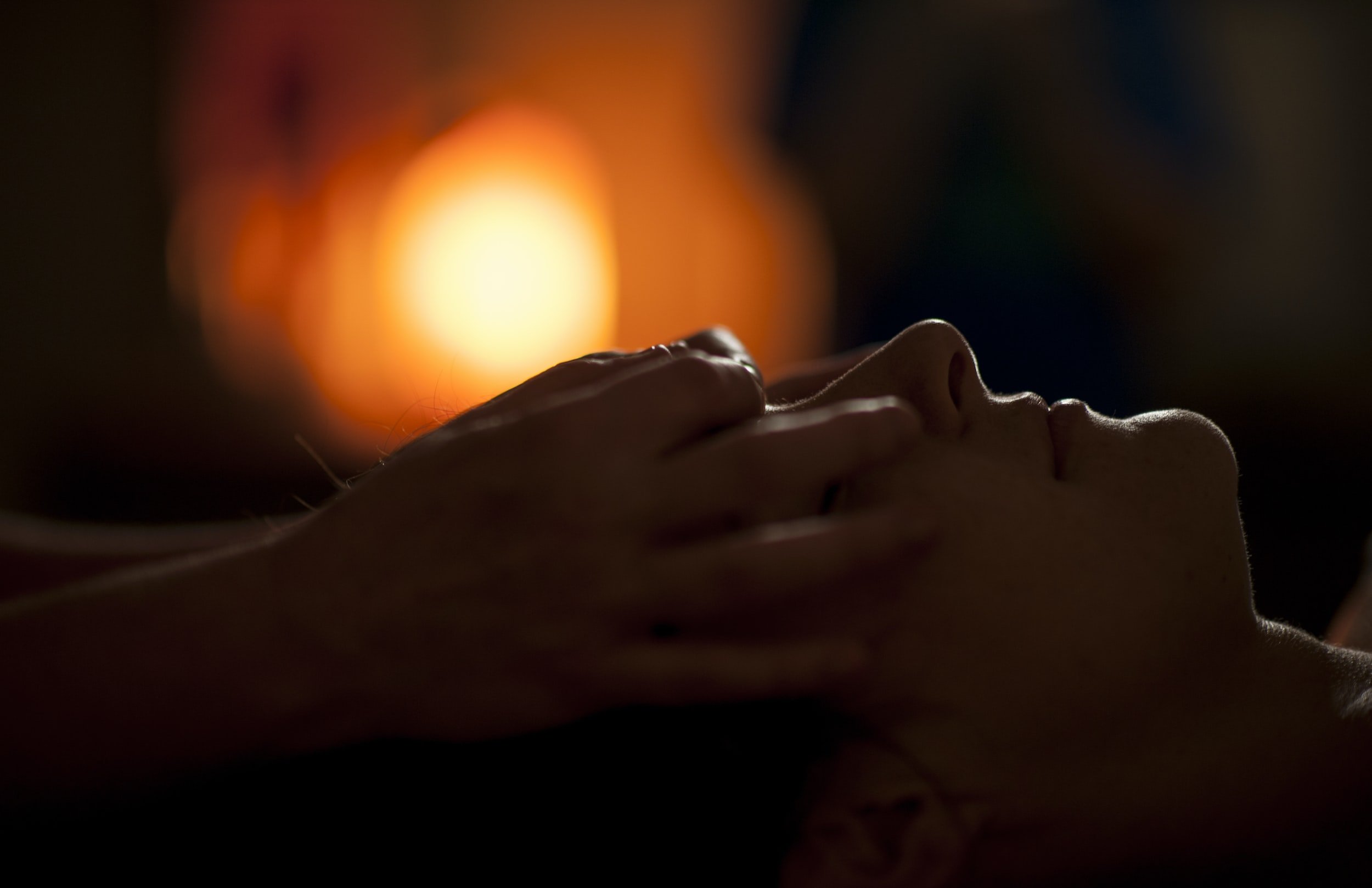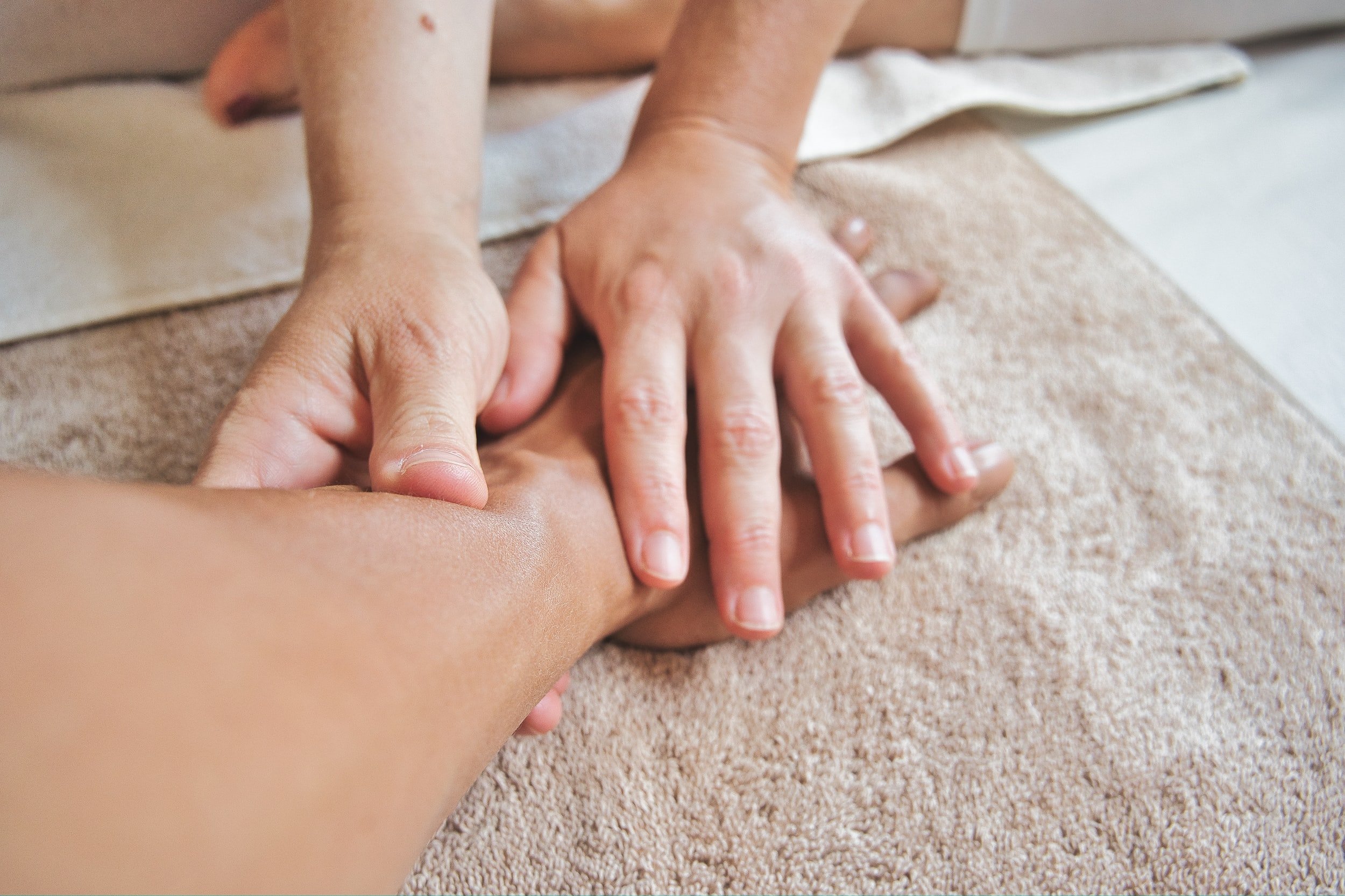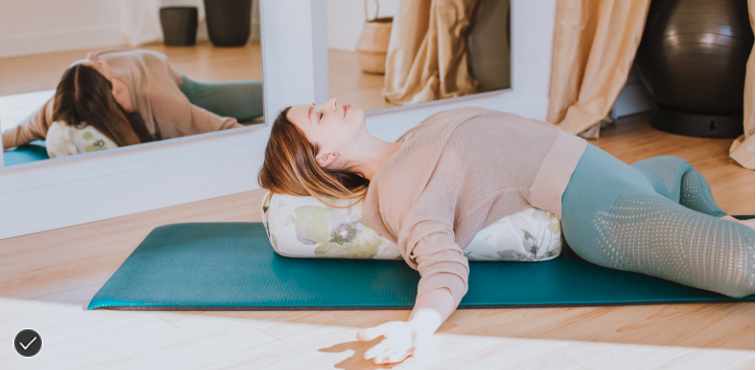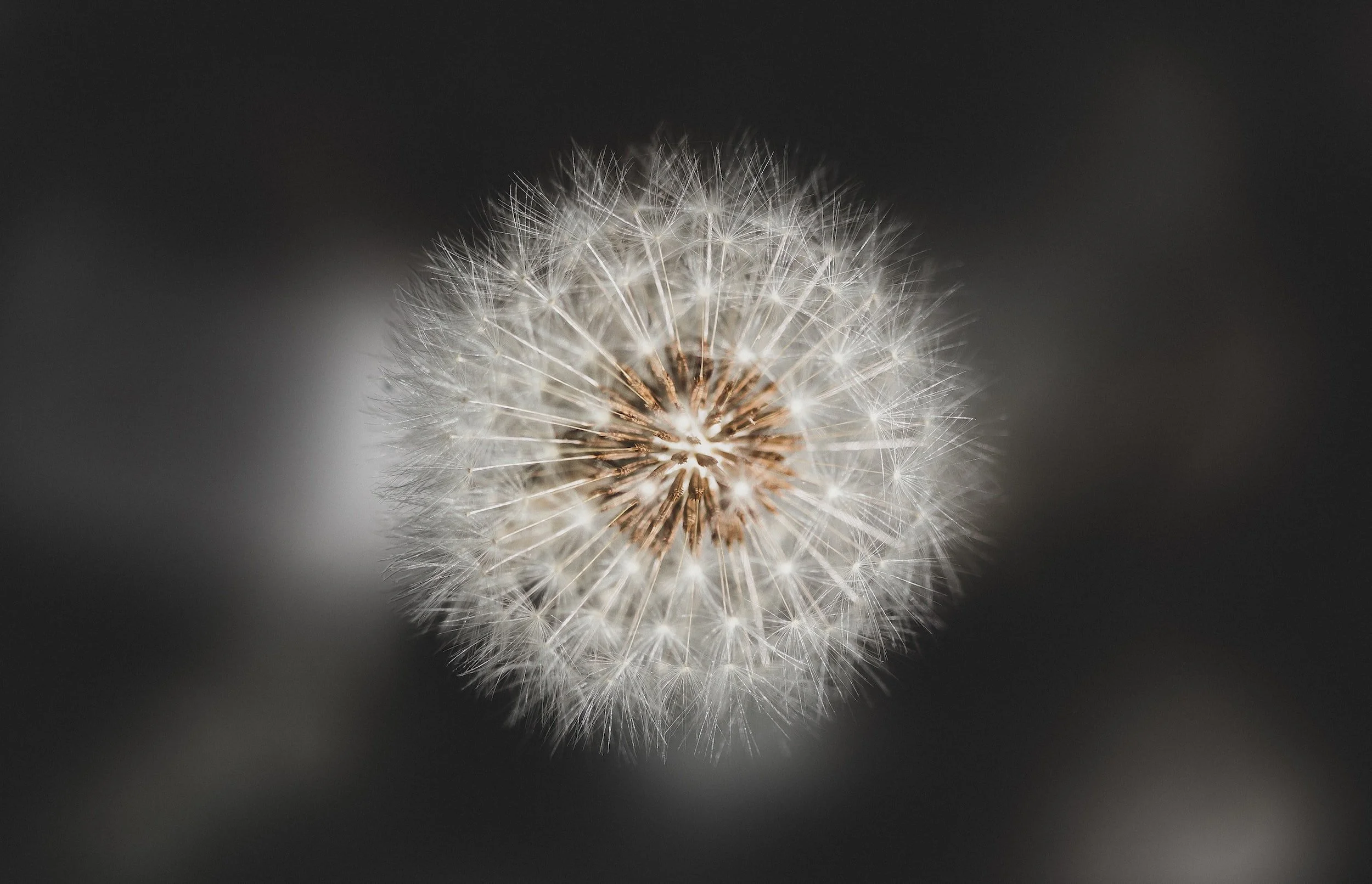“If my body can learn dysregulated ways of coping, it could also learn healthy routes to recovery.” Dr. Nicole LePera
In times of stress it's important that we have tools and treatments that can help us reset our nervous systems and return to a state of balance. Let’s explore how the Polyvagal Theory can help us achieve this.
“Thanks to Polyvagal Theory, we know that the nervous system affects all other systems of the body. We can unlearn and relearn as adults. We can harness the power of our bodies to heal our minds and the power of our minds to heal our bodies.” Dr. Nicole LePera
Polyvagal Theory is the work of Dr. Stephen Porges and it is an advanced understanding of the Autonomic Nervous System (ANS). The ANS functions without conscious awareness. All of our emotional expressions are mediated by the ANS. It either moves energy through our Sympathetic Nervous System (SNS) which is our Fight or flight response and releases the stress hormone cortisol throughout the body, or it conserves energy through our Parasympathetic System (PNS) which governs relaxation, regeneration, rest and digestion. The ANS and PNS are meant to work in a rhythmic, alternating flow. When they are flowing we have healthy digestion, sleep and immune function.
Polyvagal Theory identifies the vagus nerve as the regulator of the ANS. The vagus nerve is a cranial nerve that connects the brain to the major systems in the body. Vagus is Latin for ‘wandering’, and the vagus nerve travels from the brain stem throughout a large number of organs and tissues in the body. It's a mind body connector, modulating what is now scientifically termed the brain-gut axis.
The vagus nerve has two circuits:
Dorsal Vagal Complex (DVC) which connects organs underneath the diaphragm: stomach, spleen, liver, kidneys, intestines.
The Ventral Vagal Complex (VVC) is known as the “social nervous system’ and it connects to the organs above the diaphragm; heart, lungs, larynx, pharynx, inner ear and facial muscles around the mouth and eyes. This is what we want to stimulate the most.
The vagus nerve can stimulate the Parasympathetic Nervous System and inhibit the heart and Sympathetic Nervous System. When we feel safe, the PNS facilitates rest, relaxation and digestion. However, in times of stress or threat, the PNS has a defensive mode. First, it will draw upon the SNS to mobilize us into ‘fight or flight’: in this state, you might feel anxious and shaky. If the SNS is unsuccessful in establishing safety, the PNS will takeover, engaging immobilization strategies such as dissociation, sleep, tiredness and even fainting. In this state you can feel out of body, fatigue, nauseous and dizzy or light headed.
The Ventral Vagal Complex has a calming, soothing effect that is hugely beneficial to our health and the regulation of our nervous systems. When the ventral vagal complex is stimulated, we feel safe and secure. The VVC is strengthened by a fatty coating on the nerve, called myelination. Similar to exercising a muscle makes it stronger, this myelination is strengthened by repeating activities that stimulate the VVC.
Here are some things you can do to stimulate your Ventral Vagal Complex and strengthen your Vagus nerve:
SCENT: Use essential oils to connect with positive feelings and relaxation. Add it to oil or unscented lotion, inhale from a drop in your hands, or put in a diffuser to fill a room. Try lavender, bergamot or sweet orange. Or a relaxing blend like calm, dusk, sleep or legacy. We carry these oils and blends at A Balanced Body.
TOUCH: Hold hands with someone you care about. Give and receive a long hug. A hug for 20 seconds or longer releases oxytocin, a feel good hormone which has been shown to boost the immune system and reduce stress. Hugging and snuggling a pet or person stimulates the VVC.
MASSAGE: loving self touch through massage or acupressure. Stimulate the VVC even more by focusing on your face and the muscles around your mouth, eyes and ears. Learn how to give yourself an acufacial or do face yoga by signing up for our Heal Your Face workshops. You can read more about them here.
You could also get an Acufacial from our Acupuncturist Sabine. Acufacials include the use of Acupuncture, Gua Sha, cupping, hydrostones, jade rolling, acupressure and massage on the face, as well as points on the body. The goal is to bring balance to the body and mind, by focusing on the face. Organic facial products such as cleanser, masks, hydrosol toners, lip balm and facial oil blends are used throughout the treatment, tailored to individual needs. Read more about acufacials here.
Get a massage from a Registered Massage Therapist. All massages at A Balanced Body are therapeutic, incorporate hydrostones and include a focus on relaxing the nervous system.
ACUPRESSURE: Apply pressure to the acupoint between the eyebrows. This point is called Yin Tang or Hall of Impression and has been proven to decrease anxiety and reduce stress.
Acupuncture decreases anxiety and pain, and promotes relaxation. Try one of our Heal Your Nervous System with Acupuncture treatments. The main goal of these treatments is to reset the nervous system and put you in a deep state of relaxation. They are restorative and balancing to all, but particularly helpful for anxiety, burn out, depression, trauma, PTSD, insomnia and nervous system regulation. These treatments include Tui Na (Chinese Massage) and hot stones to the meridian lines, specific acupressure and gentle acupuncture to aid relaxation and improve the function of the Nervous System, as well as face, neck and shoulder release, ear seeds and a calming essential oil massage blend.
TAPPING: gentle tapping can be a useful tool. Try tapping at the crown of your head and at your heart center. See how you feel.
Sign up for our Heal Your Nervous System workshops to learn more tapping techniques for regulating emotions and the nervous system.
BREATH: simply focus on the breath moving in and out. Can you slow the breath down? Can you lengthen the breath? Try making your in breath and out breath equal. Learn more about the breath here. Learn more breathing techniques for regulating the Nervous System in our in person and online Heal your Nervous System workshops.
MOVEMENT: connecting the mind with body through movement like yoga, or walking in nature, is incredible for the nervous system and promotes relaxation. Bring balance into your body and life by trying Therapeutic Yoga and Pilates. Sign up and read more about our online classes here.
COUNSELLING: opens the door to new perspectives, strategies, and coping skills that provide people with choices, insight, and positive change. Counselling helps people recognize their own strengths and come in to contact with their true purpose, worth and belonging.
Try a FREE 15 minute virtual counselling consultation with our Registered Clinical Counsellor Kirsten Glidden. Kirsten is Registered through out Canada and in BC.
MEDITATION: find a comfortable position to relax and feel into the body. You could be supported in sitting, lying down or in a restorative yoga pose. Let your thoughts go as you direct your awareness into your body. Start with your feet and work your way through your body, finishing with your head. Become aware of each area of the body and welcome in relaxation. I like to imagine filling each area with a warm golden light.
Try a guided meditation. Start with 5 minutes.
Sarah Blondin Accessing the sacred life within you 5 minute daily insight on insight timer.
Activation of our vagus nerve helps us to feel grounded, connected and secure. It supports our immune function, regulates our hormones, improves our mood, sleep, digestion and memory, increases relaxation and cognition, decreases inflammation, anxiety, allergic reactions, brain fog and tension headaches.
“If you want to improve the world, start by making people feel safer.” Dr. Stephen Porges
Let’s empower ourselves by healing our nervous systems and making ourselves feel safe.
References:
https://theholisticpsychologist.com/
https://www.stephenporges.com/
https://drarielleschwartz.com/
Vagus Nerve as Modulator of the Brain–Gut Axis
https://www.ncbi.nlm.nih.gov/pmc/articles/PMC5859128/


